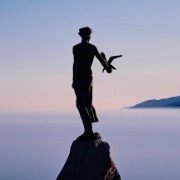what are the reasons we shoot film today?
-
Recently Browsing 0 members
- No registered users viewing this page.
-
Similar Content
-
- 35 replies
- 5,001 views
-
- 23 replies
- 5,845 views
-
- 14 replies
- 474 views
-
- 17 replies
- 7,439 views
-
- 218 replies
- 10,099 views
-





Recommended Posts
Join the conversation
You can post now and register later. If you have an account, sign in now to post with your account.
Note: Your post will require moderator approval before it will be visible.